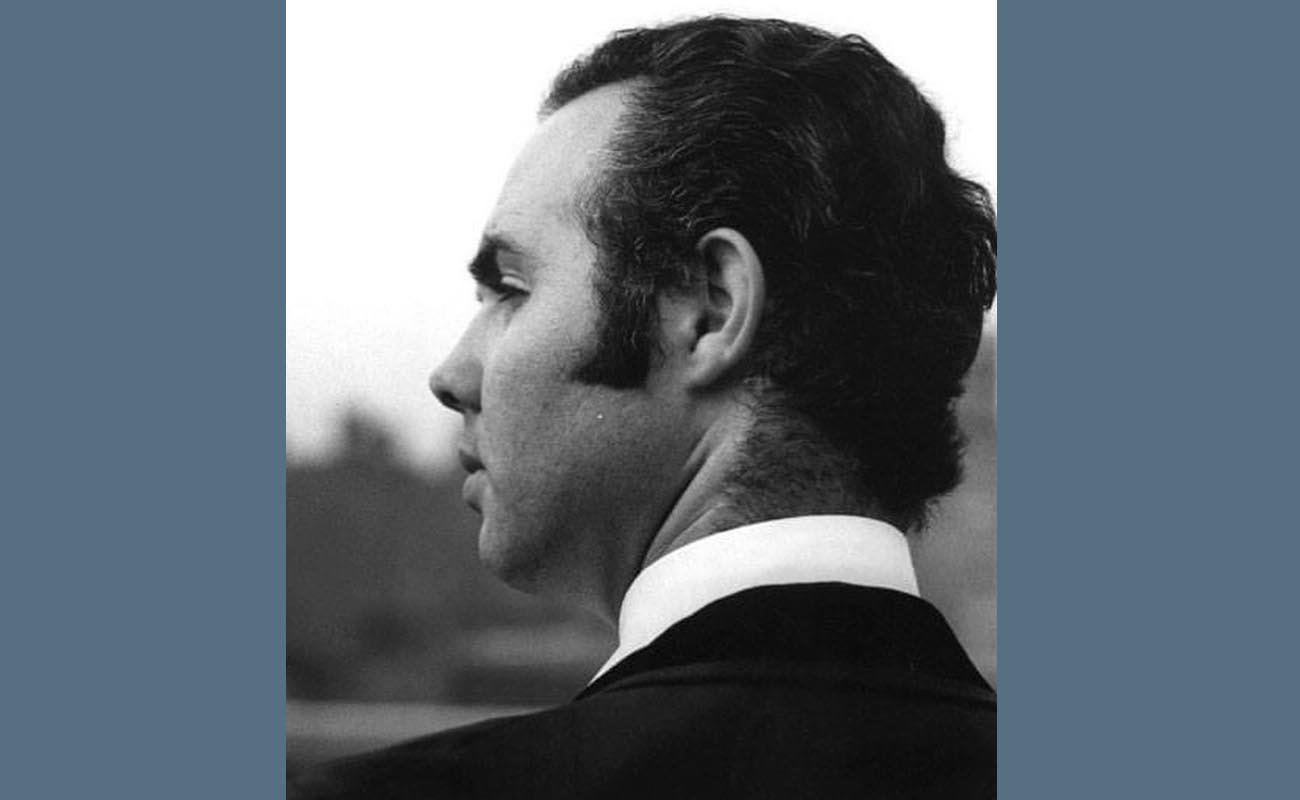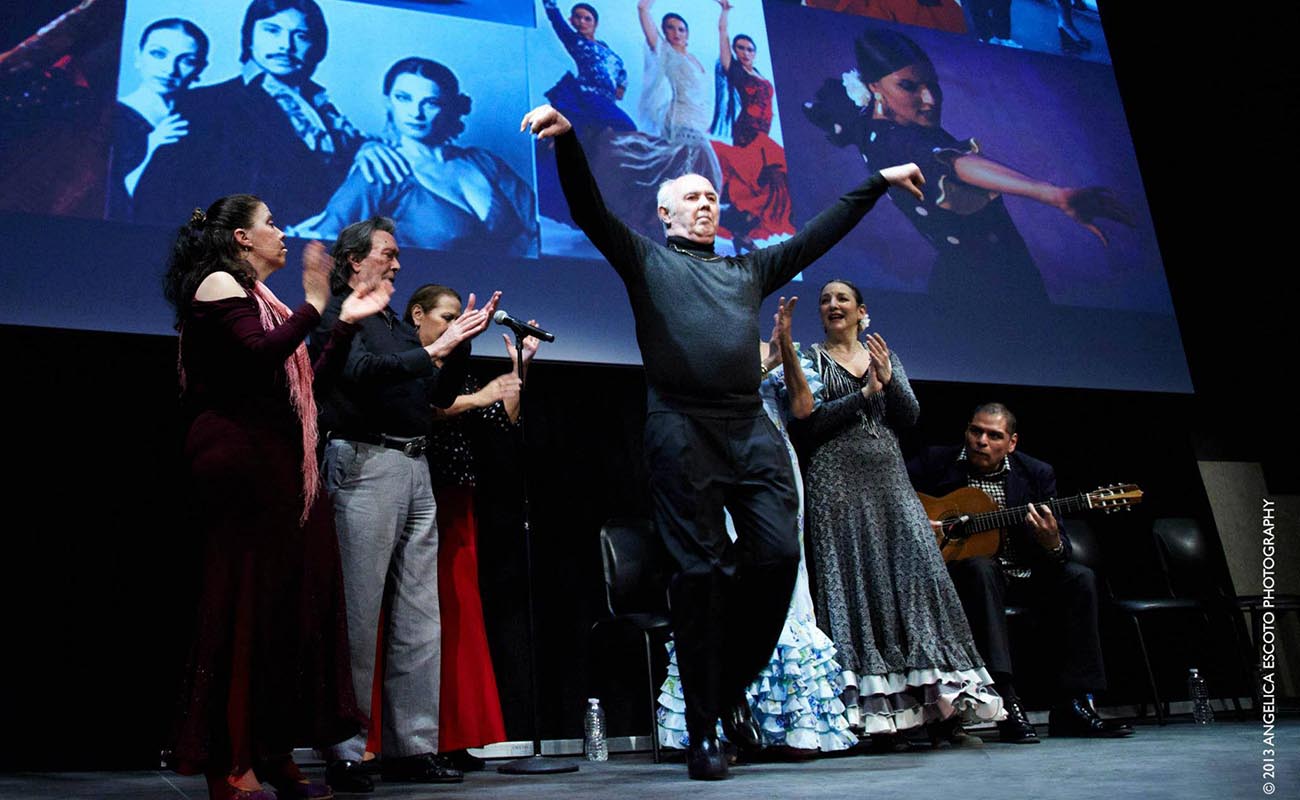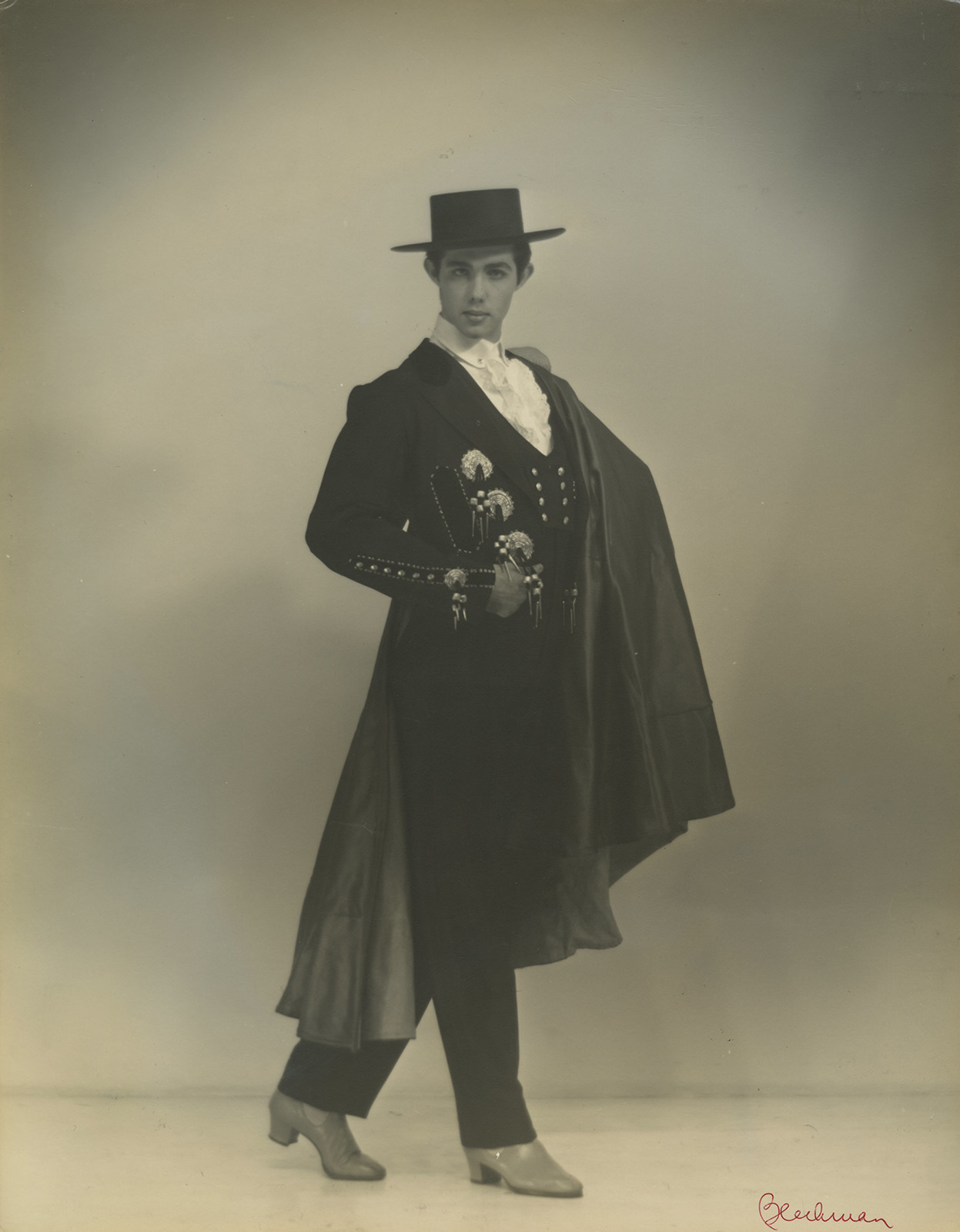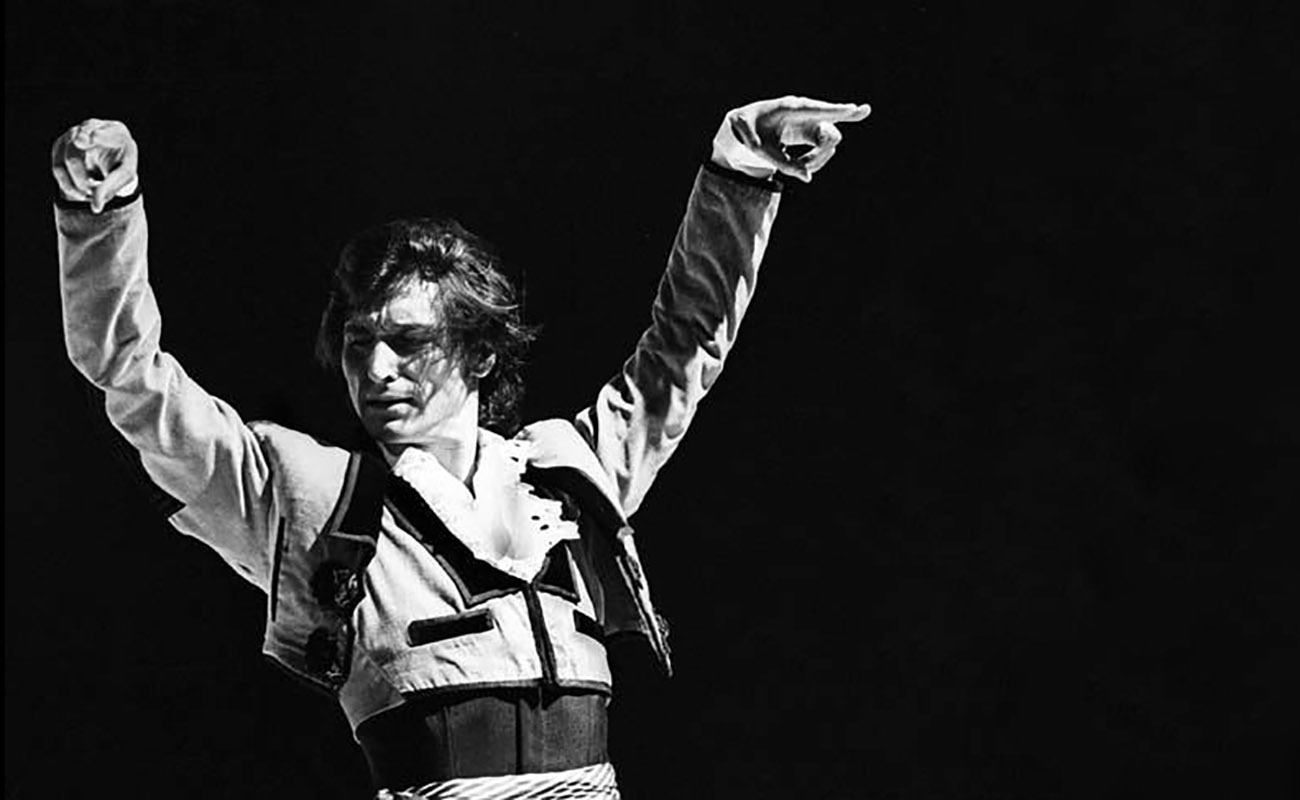Mariano Parra, American maestro of flamenco and Spanish dance, has died at 91
A respected authority in all genres of Spanish dance, Mariano consulted and choreographed for several major New York-based companies, such as Gabriela Granados’ American Bolero Dance Company and Flamenco Vivo Carlota Santana. His vast knowledge of flamenco and Spanish dance will be greatly missed.

Born in 1933 to an Andalusian father and Russian mother, Mariano was raised in the United States outside of Pittsburgh among immigrant factory and steel mill workers. After seeing an announcement in the local paper, his father, a steelworker, piled the family into the car and drove to Pittsburg to see José Greco. That night Parra decided to become a Spanish dancer.
After high school, his ballet teacher, Karl Heinrich, recommended him for a summer scholarship to Jacob’s Pillow. There, while studying with Ted Shawn and Joseph Pilates, he met Russell Meriweather Hughes, La Meri, the famed proponent of “ethnic dance”, who would become his mentor. She was a modernist like Antonia Mercé, La Argentina, who embodied her portrayals in the line of the spine and of the head, thus bringing modern dance techniques to non-Western forms.
Mariano absorbed everything he could at Jacob’s Pillow, but the form that called him most deeply was Spanish dance. Back in Ambridge, while working on the Pennsylvania Railroad, he practiced castanets and footwork in empty train cars on his lunch break. He saved up and finally moved to New York, embarking on a four- year course of study with La Meri in the studio she had taken over from Isadora Duncan and later Ruth St. Denis on 59th St. He also studied ballet with Tudor, modern dance with Graham, and Spanish dance with Juan Martínez. Like Carmen Amaya, Antonio Triana, Encarnación López, La Argentinita, her sister Pilar López, Florence Pérez Padilla and Antonio Ruiz Soler, Rosario and Antonio, and many lesser interpreters, Juan Martínez was an émigré fleeing the Spanish Civil War.
Mariano was only 26 when he founded his own company, along with his sisters, dancers Mariana and Inés and his brother Juan, a guitarist. With his partner Jerane Michel, he debuted in New York’s Carnegie Hall in 1957. In keeping with the tenets of the great Spanish ballets of the day, Mariano presented a full spectrum of Spanish dance, including folk dances of various regions, neo-classical dances to the great Spanish composers like Nin, Turina, Granados, Albeniz and Falla and, of course, flamenco. In 1964, Parra rented a studio at West 20th St., where modern dancer Jeff Duncan also had a studio. They were broke, but Parra and Duncan organized a series of informal concerts, “Mondays at 9”.
In the late 60s, Mariano travelled to Spain to study with Francisca González, La Quica, the wife of the great turn-of-the-century dancer Francisco León, Frasquillo, who also taught Antonio Ruiz Soler. While in Madrid, Mariano began intensive study with Luisa Pericet, matriarch of a renowned family of dancers of the escuela bolera, the Spanish school of classical dance. With his ballet technique, Mariano was a quick study. With his humility and passion, he was able to absorb the stylistic nuances of this exquisite form. Luisa asked him to stay and teach in her studio, but Mariano returned to New York in the early 70s, introducing a new generation of Spanish dancers to the escuela, including Matteo Marcellus Vittuci, Mateo (already working as a duo with Carol Weller, Carola Goya), and Roberto Bobby Lorca, co-founder of Flamenco Vivo Carlota Santana. Mariano toured through the early 1980s, and later devoted himself to teaching. A respected authority in all genres of Spanish dance, Mariano consulted and choreographed for several major New York-based companies, such as Gabriela Granados’ American Bolero Dance Company and Flamenco Vivo Carlota Santana. His vast knowledge of flamenco and Spanish dance will be greatly missed.
* Ninotchka Bennahum, K. Meira Goldberg and Estela Zatania collaborated in the preparation of this article.








